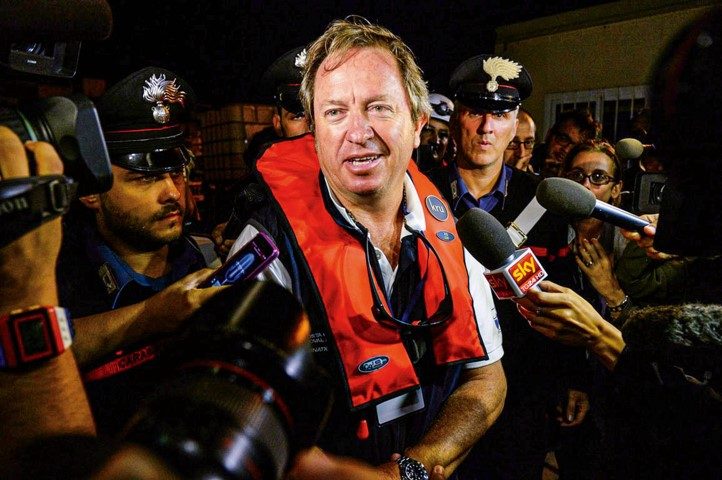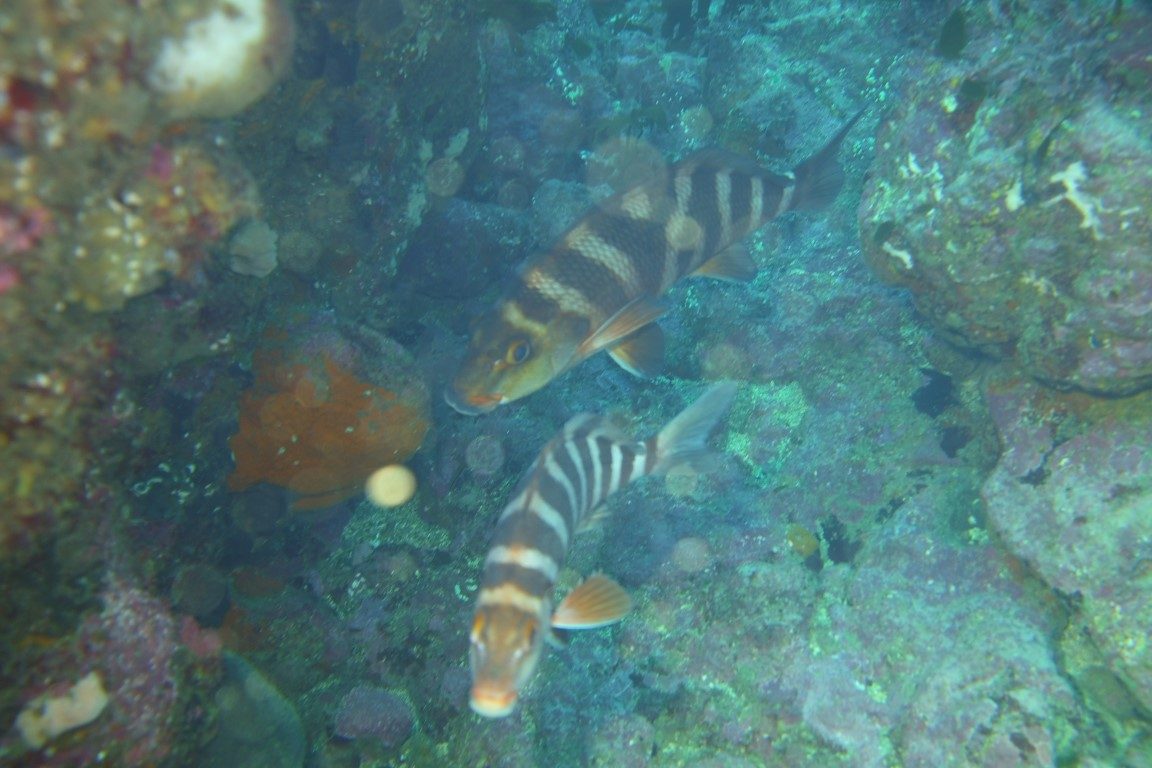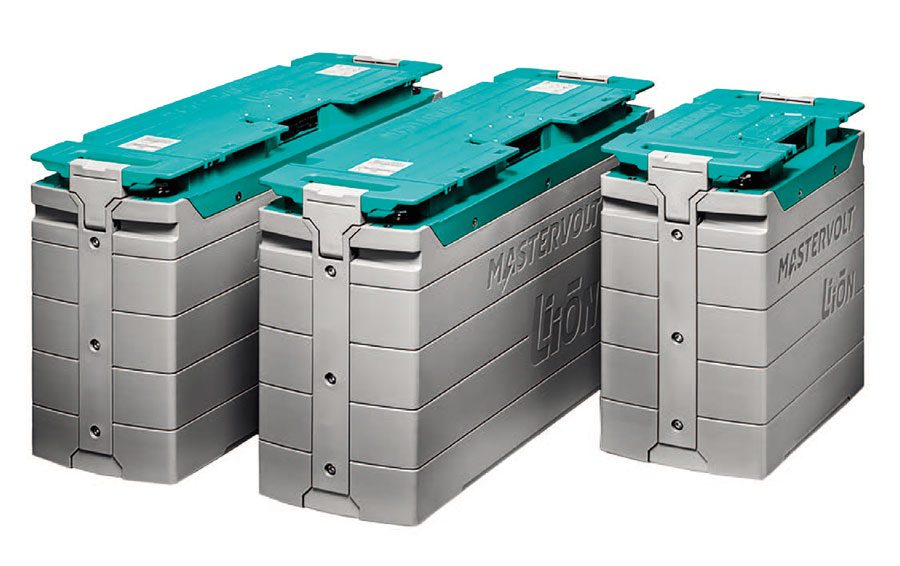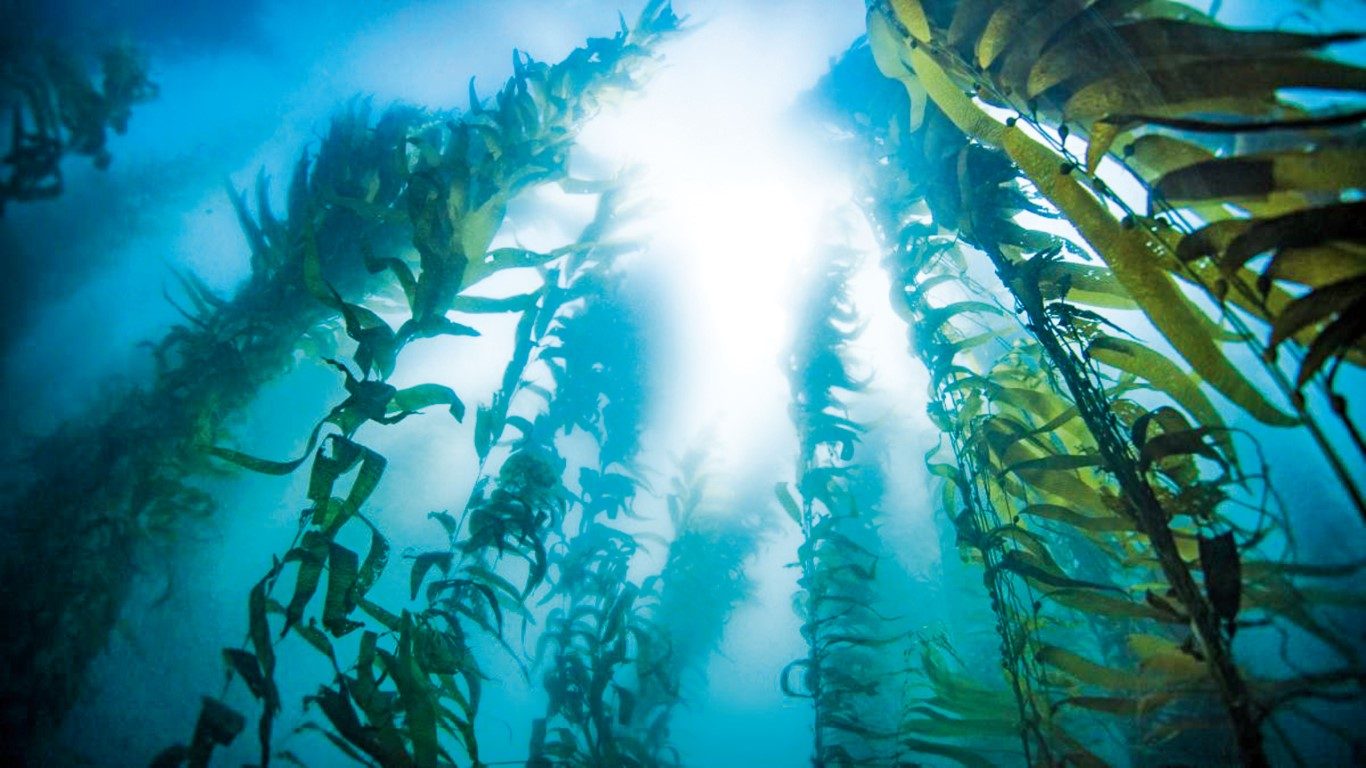

Water shortages are becoming increasingly common in a world reeling under global warming and climate change. There aren’t any easy solutions – but for one South African city, a proposed fix borders on the fantastical.
Cape Town is one of South Africa’s largest cities and desperately needs fresh water. In 2018, after three years of severe drought, the city of four million was at risk of becoming the first in the world to run out of municipal water. Severe restrictions were introduced.
Thanks to recent rains, these have now been eased – slightly – with limits increased from 50 to 70 litres per person per day. Still, the shortages have savaged the region’s economy, particularly the tourism and agricultural sectors. Crops and livestock numbers have been radically reduced, and an estimated 30,000 seasonal jobs have been lost. No one believes the drought was a one-off.
South African Nick Sloane – a 56-year-old professional marine salvage master – has proposed an unusual solution to alleviate future droughts: kidnap a monster Antarctic iceberg and use tankers and tugboats to tow it to Cape Town, where the meltwater will hydrate the thirsty city.

Sloane is no stranger to manhandling large objects at sea and is perhaps best-known for orchestrating the refloating of the Costa Concordia, the unfortunate Italian cruise liner that capsized off the Tuscany coast in January 2012, killing 32 passengers.
For Cape Town, he says, he’d have to find the ‘right’ iceberg – one measuring around 1,000m by 500m by 250m and weighing 125 million tonnes. It would contain enough ice to supply 20% of the city’s annual water demand.
His proposed gamble is supported by an international team of glaciologists, oceanographers, engineers and financiers. The plan – titled the Southern Ice Project – has an estimated $200 million price-tag, and much of this will be met by two South African banks and Water Vision AG, a Swiss water technology and infrastructure company.
Note that Sloane’s concept is centred on Antarctic icebergs (rather than Arctic icebergs) – and not only because of their geographic proximity to the southern tip of Africa. There are other crucial fundamentals: Antarctic bergs are typically much larger than their Arctic cousins and, because they are often ‘tabular’ they tend to be more stable. Arctic icebergs are irregular and often riddled with fractures that could result in splitting or flipping.

On the face of it, capturing an iceberg to quench a parched city’s thirst sounds like a great idea. Consider that Antarctica ‘calves’ more than 100,000 icebergs annually. The volume of water they contain – estimated at around 2,000 billion tonnes – is greater than the total global annual consumption of freshwater. Effectively, the melting icebergs represent wasted freshwater – water which contributes to rising sea levels.
But how practical is towing a 125-million-tonne iceberg 1,600 miles through some of the planet’s most ferocious seas? Unquestionably, the project will be expensive – but it could also be dangerous, especially if the berg unexpectedly flips over, cracks or collapses en route.
“The issues are going to be its size and the fact that it’s going to start melting as they go along,” says Ted Scambos, a senior research scientist at the Earth Science and Observation Center at the University of Colorado Boulder. “There are ways for the iceberg to break once it starts to get warm that are difficult to control.” He is not involved in the project.

And even if the tow does work, there is the small question of payment. Cape Town’s local government is sceptical of the project’s viability, citing the obvious cost and risk issues. Other options, such as desalination, are cheaper.
But as Sloane points out, “the water situation in some parts of Africa is getting worse all the time. It’s certainly not getting better. Twenty or 30 years from now,
I think towing icebergs will be a regular thing.” He has invested more than $100,000 of his own money into the Southern Ice Project.
Assuming the plan does gain traction though, and if cities and countries are forced to entertain left-field alternatives to water supply, how would the iceberg tow work?
Iceberg Capture
The team, says Scambos, would use satellite data to identify the best-size iceberg on course for Gough Island, halfway between Antarctica and Africa’s southern tip, located about 1,600 miles west of Cape Town. Many icebergs track along this route – drifting towards Gough Island – because of the prevailing winds and currents. Sonar and radar scans would reveal any structural flaws.
If the iceberg passes muster, two tugboats would trap it with a $25 million net of ropes made of Dyneema, a supermaterial that’s buoyant and suited for low temperatures, friction and tension.
If netted successfully – no small feat given that 80mph winds can create monstrous waves in this part of the world – the iceberg would be dragged by two supertankers, each developing around 20,000hp, and each tethered to a tugboat to aid steerage.
This bizarre procession of ice, supertankers and tugs – travelling at around one knot – would follow the currents to save on fuel, first using the eastward Antarctic Circumpolar Current and then dragging the berg into the north-flowing Benguela Current, which would deliver the entourage to Cape Town.

The challenge is daunting, but “I do think they’ll be able to move a large iceberg,” says Scambos, “because, in part, the ocean’s currents are in their favour. If it could be made to work in any location, that path from the Antarctic Peninsula to Cape Town is probably one of the best ones. The other good one that really has a shot is Perth, Australia.”
November and December are the best months for the tow, when the Southern Ocean is a little more docile. Still, the crew would need to take many precautions. For one, meltwater could pool on the top of the iceberg as it’s being towed, which could cause the ice to fracture. “If they’ve read through the literature, they should probably cut some trenches and make drains to make sure water doesn’t accumulate on the upper surface because that can cause problems,” adds Scambos.
The entire trip would likely take 90 days, says Sloane, and given known melt-rate, the iceberg would be some 8% smaller by the time it reached its destination. There, it would sit in the cold Benguela Current offshore, where it would be moored and wrapped in a mammoth skirt to protect the ice from the elements.
If successful, the prize is pristine polar water. “It’s fantastically fresh and clean,” says Scambos. “Most of the water is from hundreds to thousands of years ago.”
Machines operating on top of the berg would then churn it into an ice slurry that would be shipped to shore on container ships and put into municipal reservoirs. Sloane’s team says the iceberg would supply 55 million kilolitres a year, more than 150 million litres a day.

The proposal has a few things going for it, says Matthias Huss, a glaciologist at the University of Fribourg in Switzerland. “The iceberg would release its meltwater anyway, so why not use it for drinking water supply? Also transporting the water in the form of a block of ice is likely more efficient than shipping liquid water.”
Still, the prohibitive cost likely means this won’t be a long-term solution for Cape Town’s water woes, says Tad Pfeffer, a glaciologist at the Institute of Arctic and Alpine Research at the University of Colorado Boulder. “Whichever way they do it, it’s going to be really expensive. Economically, it’s probably not all that good an idea, except in a dire emergency.”
Many would argue that – for the Southern tip of Africa – the emergency has already arrived.
This article first appeared in Live Science. Additional reporting by Lawrence Schäffler.




